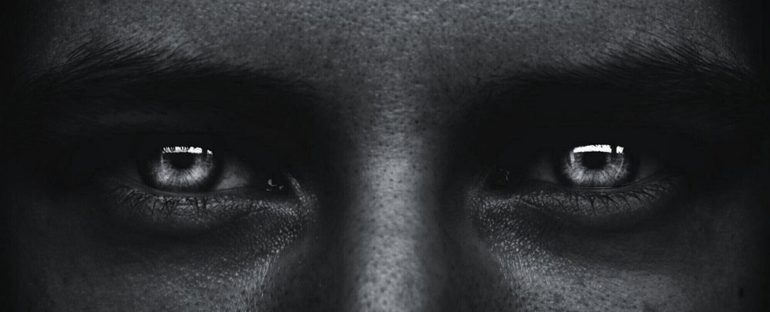Amongst all the different types of cancer treatment, photodynamic therapy – where light in is used to destroy malignant cells – might have one of the strangest side effects: patients are often better able to see in the dark.
Now researchers have figured out why this happens: rhodopsin, a light-sensitive protein in the retinas in our eyes, interacts with a photosensitive compound called chlorin e6, a crucial component of this type of cancer treatment.
The work builds on what scientists already know about the organic compound retinal, which is found in the eye and usually isn’t sensitive to infrared light.
Visible light triggers retinal to separate from rhodopsin – this is converted into the electrical signal our brains interpret to see. While we don’t get much visible light at night, it turns out this mechanism can also be triggered with another combination of light and chemistry.
Under infrared light and with a chlorin injection, retinal changes in the same way as it does under visible light.
“This explains the increase in night-time visual acuity,” chemist Antonio Monari, from the University of Lorraine in France, told Laure Cailloce at CNRS.
“However, we did not know precisely how rhodopsin and its active retinal group interacted with chlorin. It is this mechanism that we have now succeeded in elucidating via molecular simulation.”
Together with some high-level chemistry calculations, the team used a molecular simulation to model the movements of individual atoms (in terms of their respective attraction or repulsion), as well as the breaking or creating of chemical bonds.
The simulation was run for several months – and chewed through millions of calculations…



